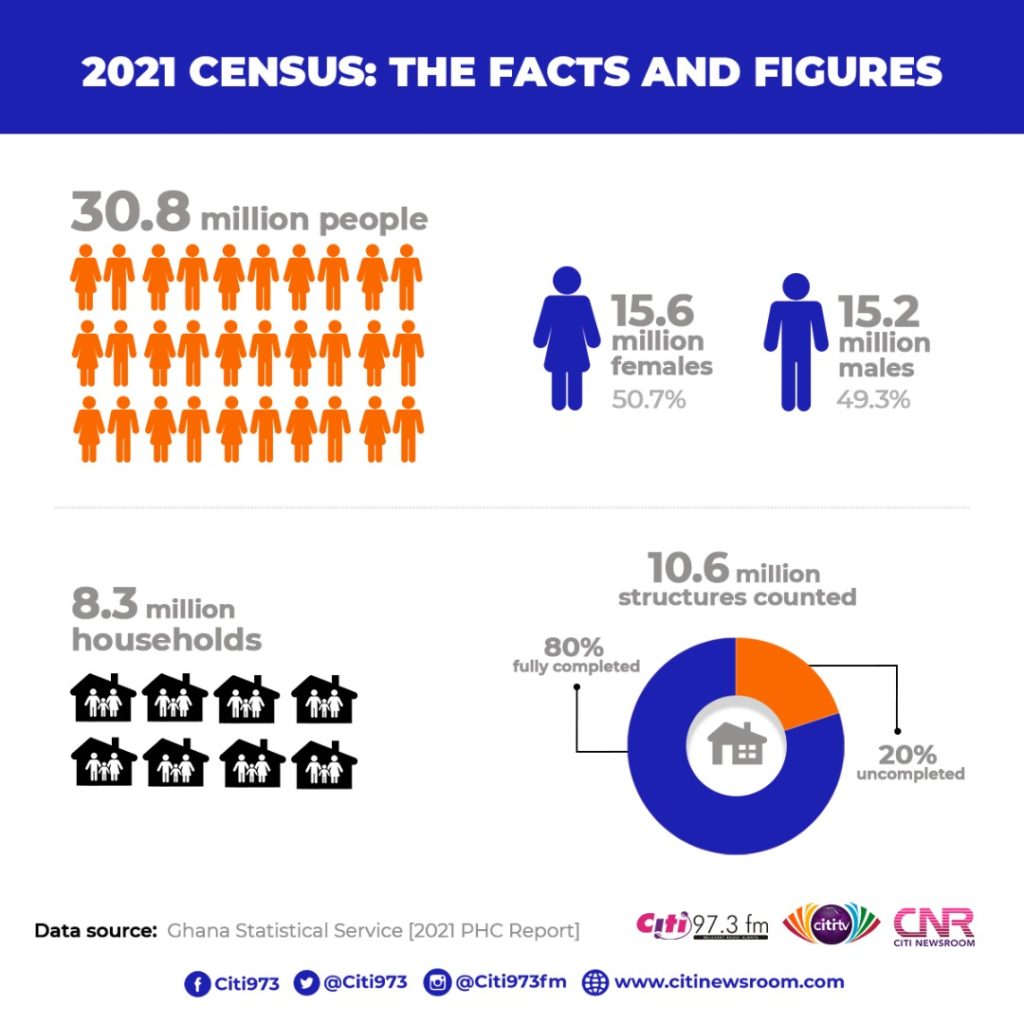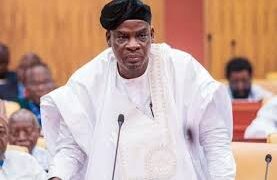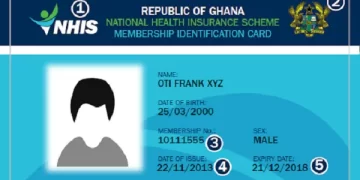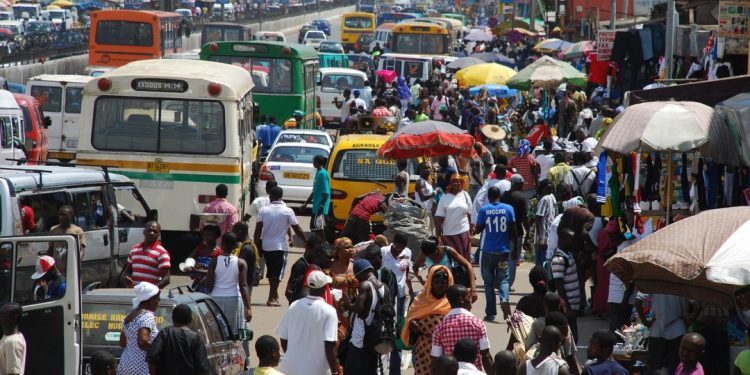Provisional data on Ghana’s 2021 Population and Housing Census (PHC) has been released by the Ghana Statistical Office.
The Ghana Statistical Service, the institution mandated to collect and disseminate statistical information on Wednesday, September 22, 2021, put out the results of the 2021 census which began in June this year.
Per the information, Ghana’s current population stands at 30.8 million.
Aside from this total population figure, other takeaways showed that 50.7 % of the population now are females, with the remaining 49.3 % being males.
Below are 10 key highlights of the data provided by the GSS
1. The 2021 PHC puts Ghana’s population figure at 30.8 million. The population has increased by 6.1 million from the 24.7 million recorded in 2010. This is however a 2.1% growth rate, but the slowest since independence. With this, Ghana’s population is expected to double within 33 years, with an estimated population of over 50 million by 2050.
2. There are more women than men in Ghana: Per the data, there are 400,000 more women in Ghana than men. Overall, women make up 50.7% of the population while men make up 49.3%. The ratio of 97 men for 100 women in 2021 represented a slight increase over the ratio of 95 recorded in 2010. This has been the trend for the last four censuses. The 1960 census is the only post-independence census that recorded more men than women (102 men to 100 women). Since then, sex ratios have declined until the uptick observed in 2021.
3. Greater Accra overtakes Ashanti as most populous region: The Greater Accra Region is now the most populous region in Ghana, overtaking the Ashanti Region, which has been the most populous region since 1970. Ashanti Region closely follows as the second most populous region. However, the Greater Accra and Ashanti regions both have a population size of 5.4 million each.
4. Ahafo Region replaces Upper West as least populous region: The Ahafo Region is the least populous region, taking the place of the Upper West which had been the least populous in all the previous post-independence censuses. The Savannah and North East Regions are the second and third least populous regions respectively.
5. Average household size is 3.6 members: The total number of households has grown by 2.8 million (representing a 52% increase) over the 5,467,136 households enumerated in 2010. Household size declined by 0.8, from 4.4 in the 2010 census. A similar decline of 0.9 was observed between the 2010 and 2000 censuses. The population density at the national level increased by 26 persons per square kilometer over the 103 recorded in 2010. The 2010 PHC recorded 3.4 structures for residential use, which is 2.5 million less than the 5.9 counted in 2021.
6. 11 percent of 10.6M structures in Ghana metal containers, kiosks, wooden: Out of the 10.7 million structures counted, about 11% of them were conventional structures [metal containers, kiosks, and wooden structures]. Meanwhile, 80 percent of the structures counted were fully completed, while the rest were uncompleted.
7. 20 percent of listed structures uncompleted: Residential structures in Ghana are concentrated mainly in regions in the Southern part and in the East Region. Out of the 10.7 million structures, 80% is fully completed, 12% is at different stages of completion with some form of roofing, 8% of the structures have no form of roofing. More than half of the structures in Ghana are used for residential purposes.
8. Ghana’s population has grown almost fivefold since the first post-independence.
9. Ghana’s population is growing, but at a declining rate compared to previous censuses.
10. The 2021 PHC is Ghana’s first fully digital census, as it employed technology in all aspects of its implementation.

Ghana’s PHC
The first modern population census in Ghana was conducted by the British Administration in 1891.
After that, censuses were conducted at ten-yearly intervals except in 1941, when World War II interrupted the series.
The next census was conducted in 1948, after the War.
Since independence in 1957, Ghana has conducted six population censuses: 1960, 1970, 1984, 2000, 2010, and 2021.
The last three censuses combined population with housing.
The Ghana 2021 PHC provides updated demographic, social and economic data to support national development activities and for tracking the implementation of national, continental and global goals, including the Coordinated Programme of Economic and Social Development Policies, 2017-2024; An Agenda for Jobs: Creating Prosperity and Equality of Opportunity For All; Agenda 2063, The Africa We Want; and Transforming Our World:
The 2030 Agenda for Sustainable Development.
This information will help central and local governments plan for various educational, health, housing, and other social services for different groups of persons, including the vulnerable.

Information from the Census will also help guide individual-level decision-making and the private sector, including businesses, plan their activities, which will benefit the economic development of this country.
In addition, international organizations, including Development Partners (DPs) and Non-Governmental Organisations (NGOs), will use the 2021 PHC data to support Ghana’s development activities.
The legal authority for conducting the 2021 PHC was the Statistical Service Act, 2019 (Act 1003), which stipulates that “(1) The Service shall conduct a census of population every 10 years in the month of March.
The population census may include a housing census.” and that …” a housing census shall be taken to ensure that (a) the counts of the population, or (b) the counts of population and houses, are provided for each region, district and constituency.”
Read Also: We can’t release medical records of ‘missing but found woman’ now -Takoradi Hospital
SOURCE: CITI NEWSROOM



























